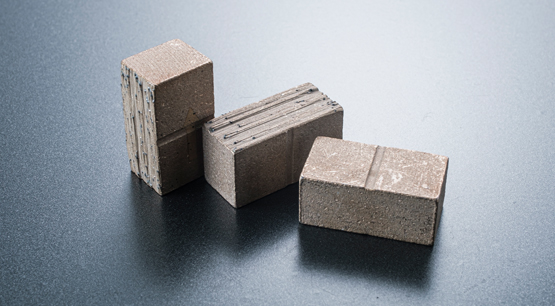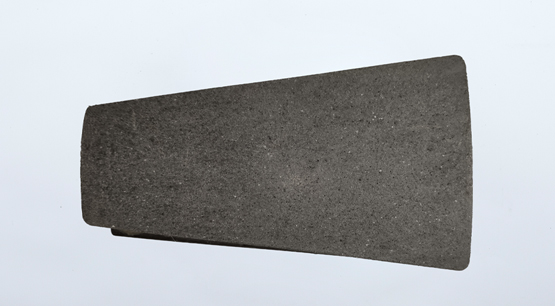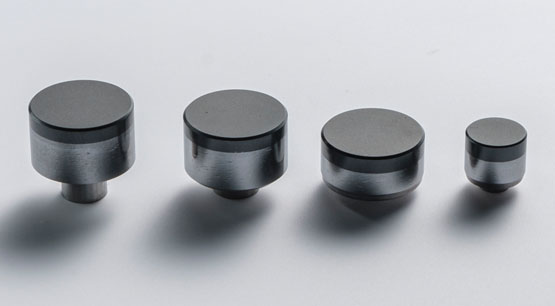Diamond segment welding tools play a crucial role in joining the segment segments to the segment core, serving as essential equipment in various industries, including construction, stone processing, metal fabrication, and concrete cutting. Here, we provide a detailed exploration of commonly used diamond segment welding tools, elucidating their applications and characteristics.
1. Welding Machines
Working Principle: Welding machines are paramount in the manufacturing of diamond segments. They utilize heat to melt the segment segments and the core, followed by cooling to create a solid weld.
Types: There are two primary types of welding machines: resistance welding machines and laser welding machines. Resistance welding machines pass an electric current through the segment and core to generate heat, while laser welding machines use a laser beam for heating.
Features: These machines typically incorporate precise temperature and pressure control systems to ensure welding quality. Laser welding machines are often preferred for applications with higher welding quality demands.
2. Resistance Welding Tips
Working Principle: Resistance welding tips are components of the welding machine responsible for conducting electric current to generate high heat at the welding point.
Types: The design of resistance welding tips varies depending on welding requirements, with different shapes and sizes available.
Features: These tips are typically made of highly conductive materials to ensure efficient current conduction.
3. Fixtures
Working Principle: Fixtures are devices used to hold the segment segments and core in the correct position, ensuring precise alignment during welding.
Types: Fixture types vary according to the shape and size of the segment. Manual and automatic fixtures are available, with manual fixtures requiring operator intervention, while automatic fixtures can align the segments and core automatically.
Features: Fixtures are typically constructed from high-temperature alloys or specialized materials to withstand high temperatures and pressures.
4. Welding Clamps
Working Principle: Welding clamps are used to hold the segment segments and core in contact, ensuring they remain connected during welding.
Types: Welding clamps come in various designs, with options for both manual and automatic clamping.
Features: These clamps are typically designed to withstand high temperatures and pressures, ensuring the stability of the welding process.
5. Holding Tools
Working Principle: Holding tools are handheld devices used by operators to grip the segment segments and core, keeping them in the correct position during welding.
Types: Holding tools come in a variety of forms, including manual and electrically powered options.
Features: These tools are designed for ease of operation and feature comfortable handles to ensure operator safety and comfort.
6. Welding Dies
Working Principle: Welding dies are tools used to shape the connection between the segment segments and the core, ensuring welding accuracy and consistency.
Types: Welding dies are customized or standardized, depending on segment design and welding requirements.
Features: These dies are typically made from high-strength materials to ensure long-term stability during use.
These diamond segment welding tools are indispensable components of the diamond segment manufacturing process, collectively ensuring the high quality and reliability of diamond segments. Different types of segments and varying welding requirements may necessitate different tools and equipment, but they all share the common objective of achieving robust and durable diamond segments.

Equipment and tools required for diamond segment welding
Publish date:2023-09-16 15:12:01 Article From:Linsing diamond tools Clicks:










